Inspired by the dynamic color-changing properties of squid skin, researchers have developed a method to manufacture a heat-adjusting material that is breathable and washable and can be integrated into flexible fabric. The composite material operates in the infrared spectrum and consists of a polymer covered with copper islands.
Tag: Bioinspiration
Cicada wings are antimicrobial, water-repellant and inspiring to entomologists and engineers alike
Trillions of periodical cicadas broke soil across the Eastern U.S. this summer. But long before that, researchers at the Beckman Institute for Advanced Science and Technology at the University of Illinois Urbana-Champaign studied cicadas for the hidden biological secrets of their wings. Marianne…
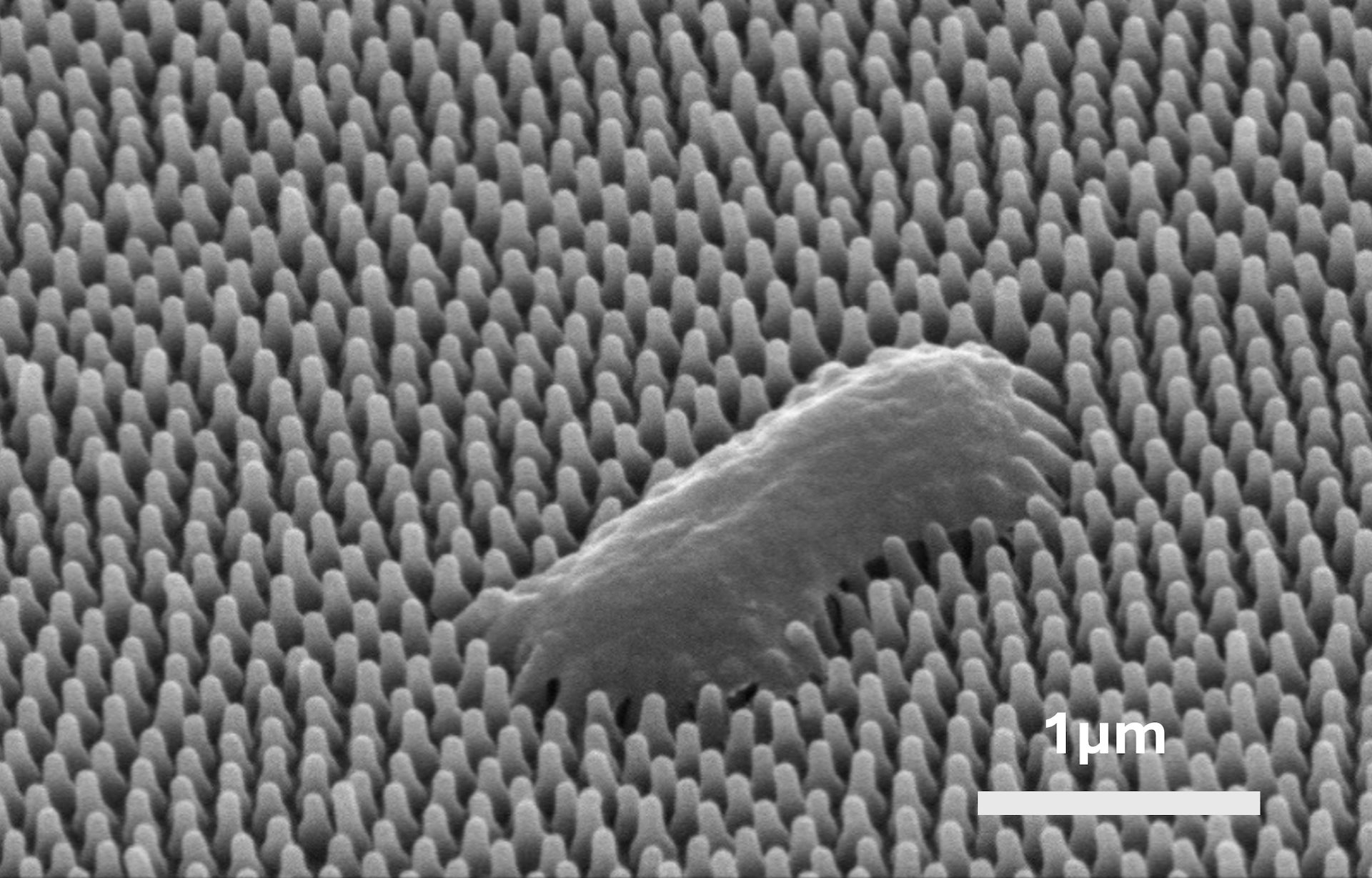
Cicada magic
Inspired by cicada wings, researchers at the University of Illinois Urbana-Champaign’s Beckman Institute for Advanced Science and Technology study the insects’ antimicrobial properties to develop new antibacterial surfaces.
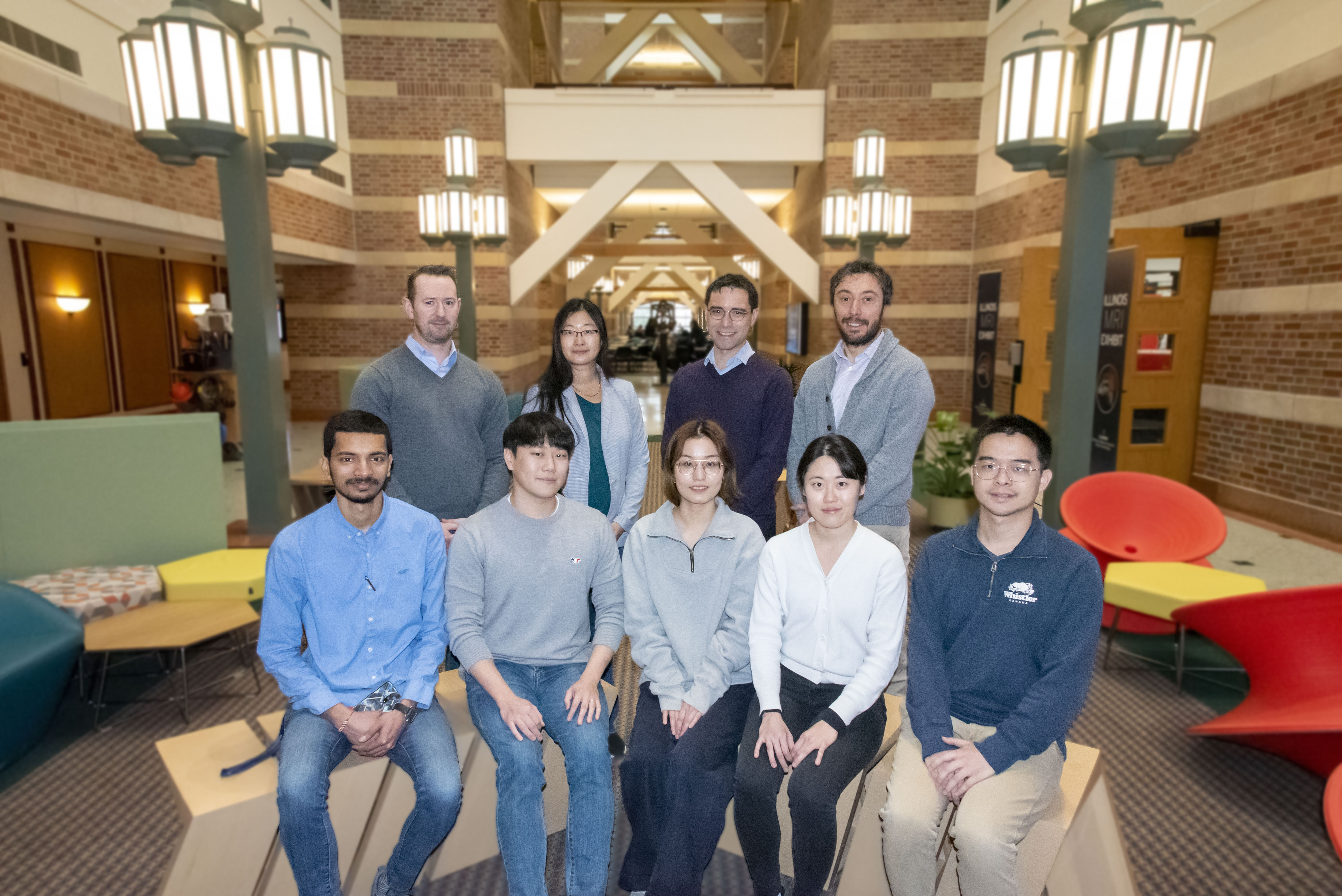
Chameleons inspire new multicolor 3D-printing technology
Inspired by the color-changing ability of chameleons, researchers developed a sustainable technique to 3D-print multiple, dynamic colors from a single ink. “By designing new chemistries and printing processes, we can modulate structural color on the fly to produce color gradients…
These Robots Helped Understand How Insects Evolved Two Distinct Strategies of Flight
Robots built by engineers at the University of California San Diego helped achieve a major breakthrough in understanding how insect flight evolved, described in the Oct. 4, 2023 issue of the journal Nature. The study is a result of a six-year long collaboration between roboticists at UC San Diego and biophysicists at the Georgia Institute of Technology.
Bio-inspired hydrogel protects the heart from post-op adhesions
A hydrogel that forms a barrier to keep heart tissue from adhering to surrounding tissue after surgery was developed and successfully tested in rodents by a team of University of California San Diego researchers. The team of engineers, scientists and physicians also conducted a pilot study on porcine hearts, with promising results.
They describe their work in the June 18, 2021 issue of Nature Communications.
Cannabis use disorder linked to increased complications after spinal surgery
Dragonfly wings, lotus leaves, cicada wings — thanks to millennia of evolution, nature has optimized the ways these surfaces and others behave to offer antibacterial functionality. An international, interdisciplinary team of researchers is trying to find the best way to translate these features to create nature-inspired bactericidal surfaces for use in medical implants. They discuss the surface structures and chemical compositions for an ideal implant material in the journal Applied Physics Reviews.
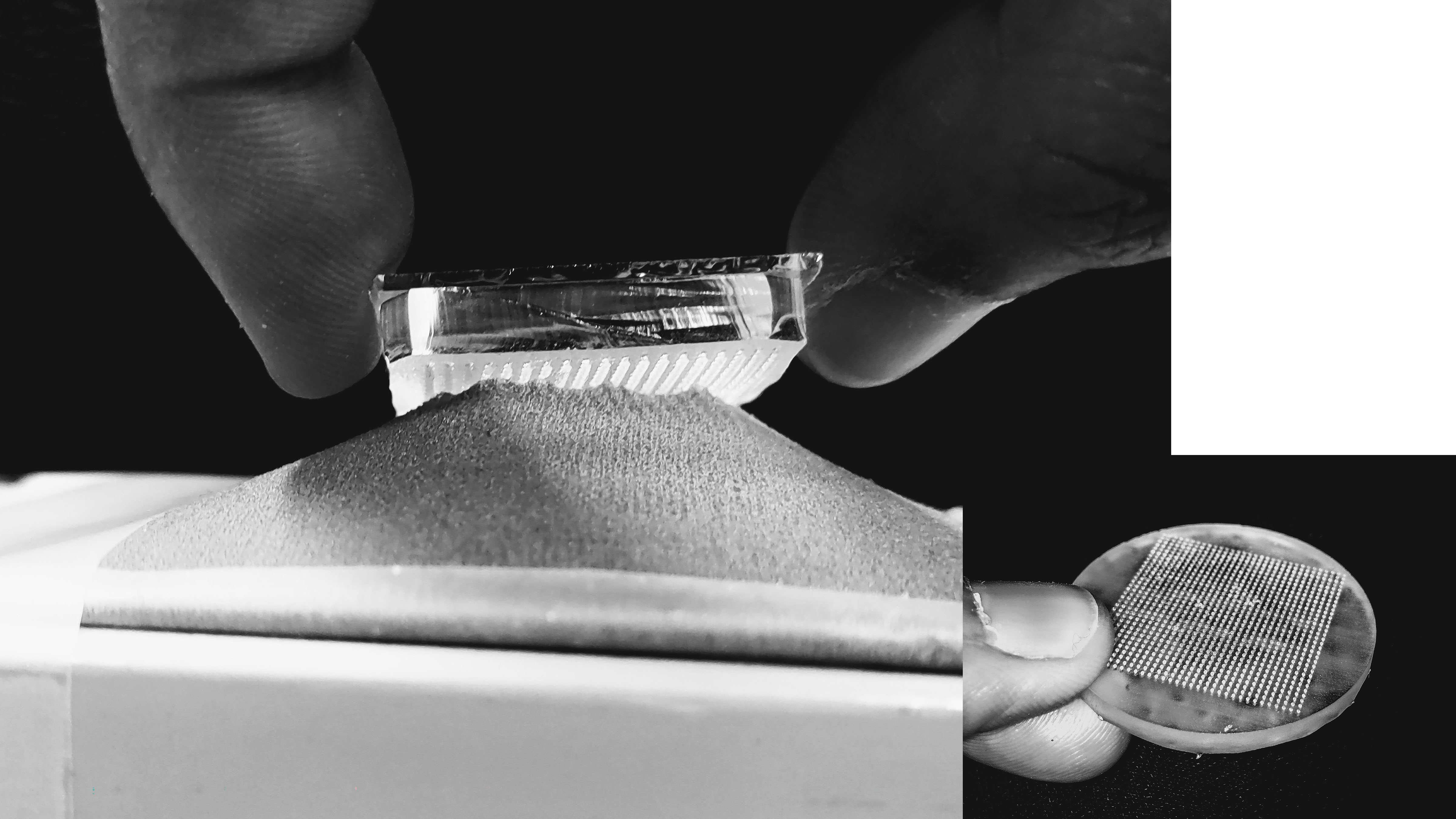
Fastener with Microscopic Mushroom Design Holds Promise
A Velcro-like fastener with a microscopic design that looks like tiny mushrooms could mean advances for everyday consumers and scientific fields. Currently available fasteners are called hook and loop fasteners and require harder, stiff material. In Biointerphases, researchers describe a design that can use softer materials and still be strong enough to work. The team believes a 3D mushroom design can be made with softer, more flexible materials and provide sufficient interlocking force on the fabric and hold strong.
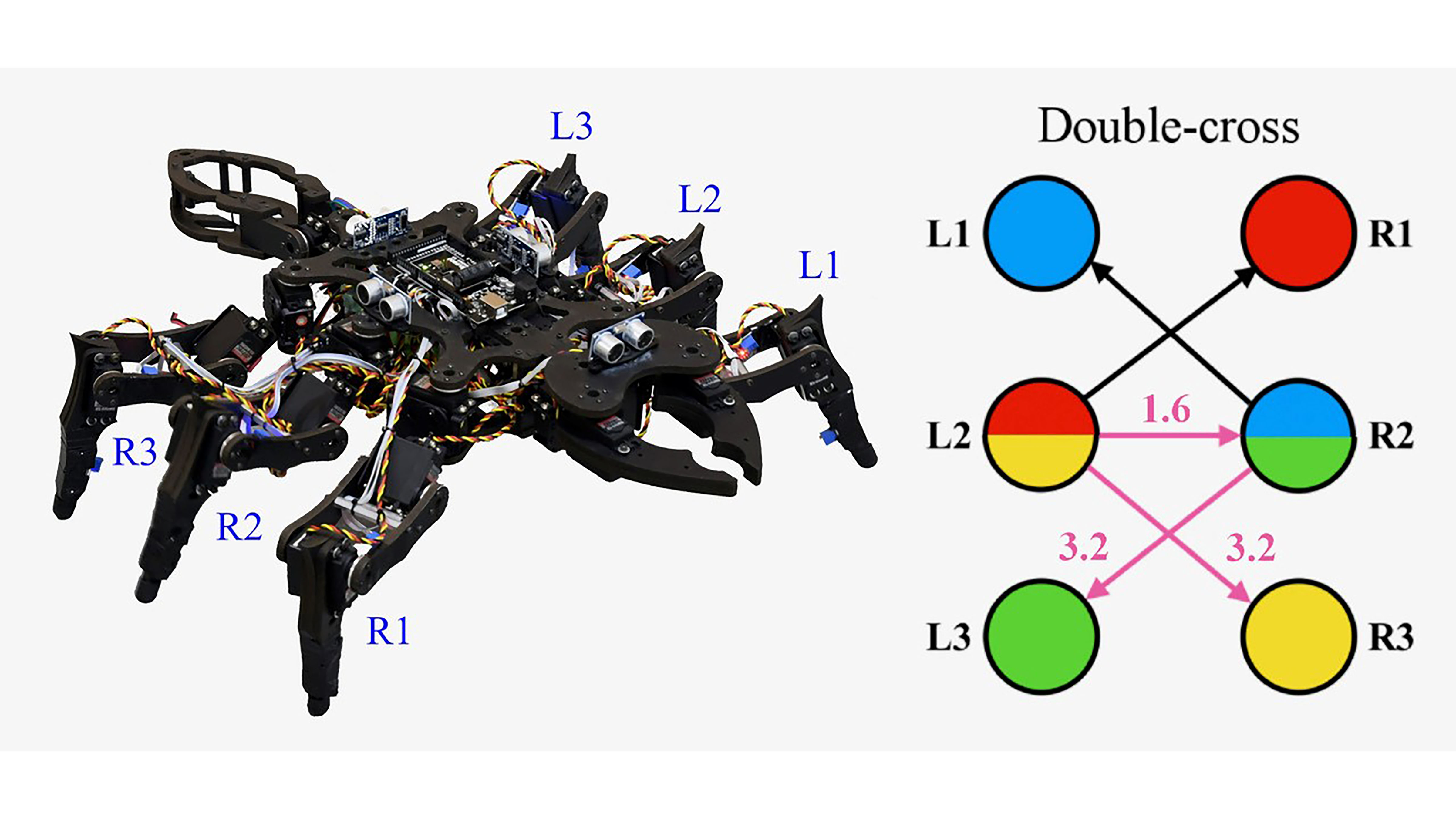
‘Chaotic’ Way to Create Insectlike Gaits for Robots
Researchers in Japan and Italy are embracing chaos and nonlinear physics to create insectlike gaits for tiny robots — complete with a locomotion controller to provide a brain-machine interface. Biology and physics are permeated by universal phenomena fundamentally grounded in nonlinear physics, and it inspired the researchers’ work. In the journal Chaos, the group describes using a system of three nonlinear differential equations as a building block for central pattern generators to control the gait of a robotic insect.

The Machine Inside a Catfish’s Catch
New research into how catfish capture prey provides an unparalleled view of the internal mechanics of fish skulls and could inspire the design of new underwater robots.
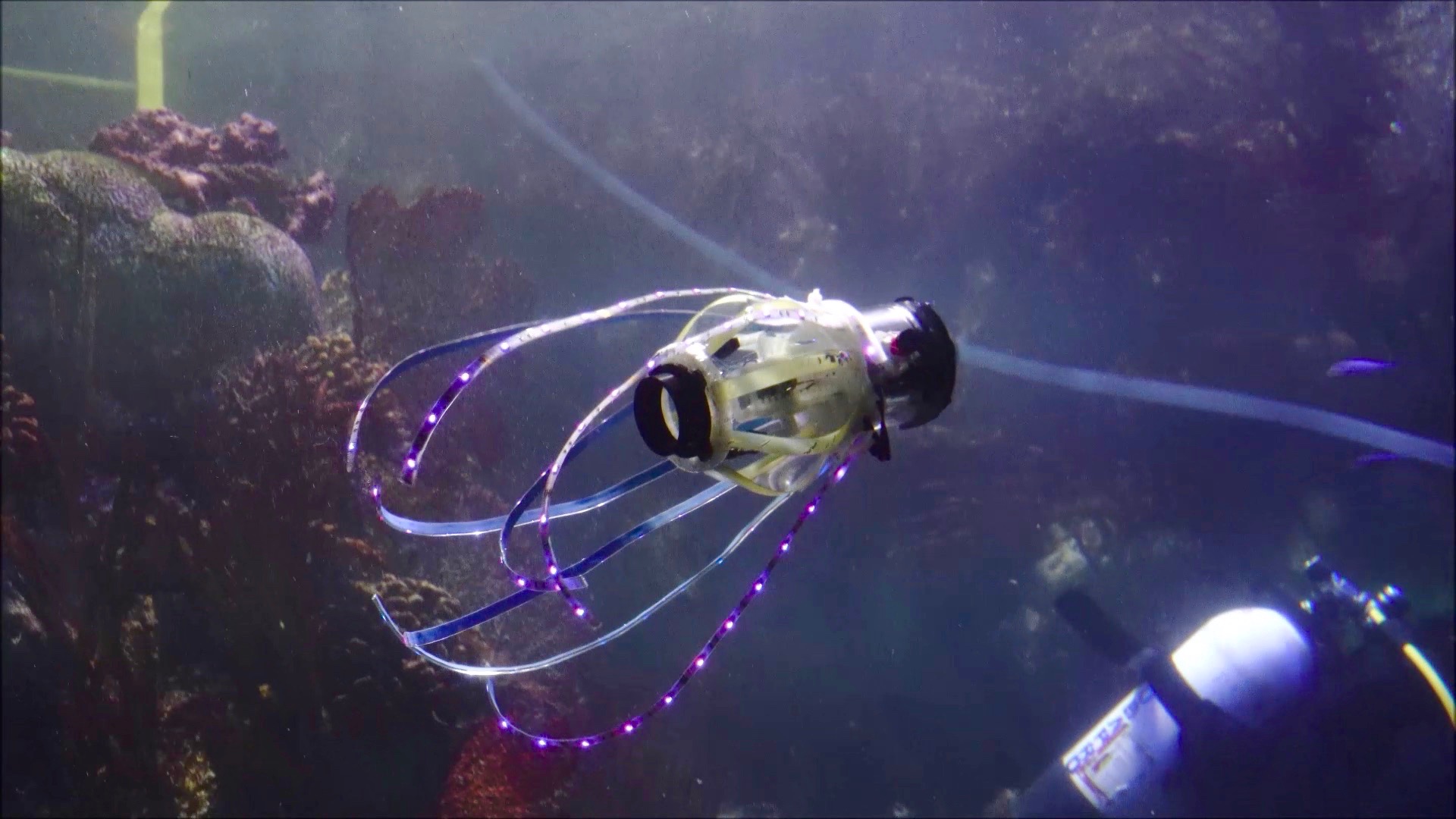
This ‘squidbot’ jets around and takes pics of coral and fish
Engineers at the University of California San Diego have built a squid-like robot that can swim untethered, propelling itself by generating jets of water. The robot carries its own power source inside its body. It can also carry a sensor, such as a camera, for underwater exploration. The researchers detail their work in a recent issue of Bioinspiration and Biomimetics.
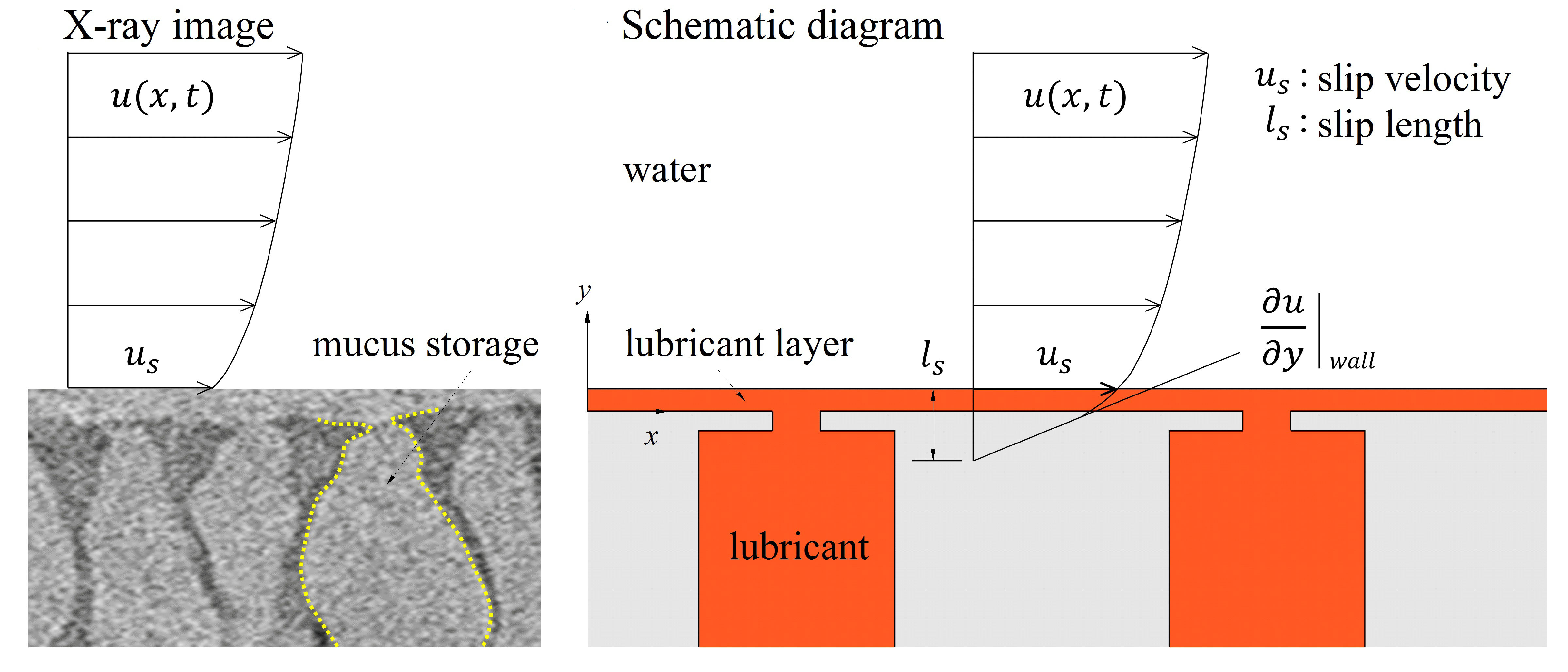
Fish, Seaweed Inspire Slippery Surfaces for Ships
Fish and seaweed secrete a layer of mucus to create a slippery surface, reducing their friction as they travel through water. A potential way to mimic this is by creating lubricant-infused surfaces covered with cavities. As the cavities are continuously filled with the lubricant, a layer is formed over the surface. In the journal Physics of Fluids, researchers in South Korea conducted simulations of this process to help explain the effects.

Highly Sensitive Sensors Show Promise in Enhancing Human Touch
People rely on a highly tuned sense of touch to manipulate objects, but injuries to the skin and the simple act of wearing gloves can impair this ability. In this week’s Applied Physics Reviews, scientists report the development of a new tactile-enhancement system based on a highly sensitive sensor. The sensor has remarkable sensitivity, allowing the wearer to detect the light brush of a feather. This crack-based sensor was inspired by a spider’s slit organ.

Reinventing the Computer: Brain-Inspired Computing for a Post-Moore’s Law Era
Since 1947, computing development has seen a consistent doubling of the number of transistors that can fit on a chip. But that trend, Moore’s Law, may reach its limit as components of submolecular size encounter problems with thermal noise, making further scaling impossible. In this week’s Applied Physics Reviews, researchers present an examination of the computing landscape, focusing on functions needed to advance brain-inspired neuromorphic computing.
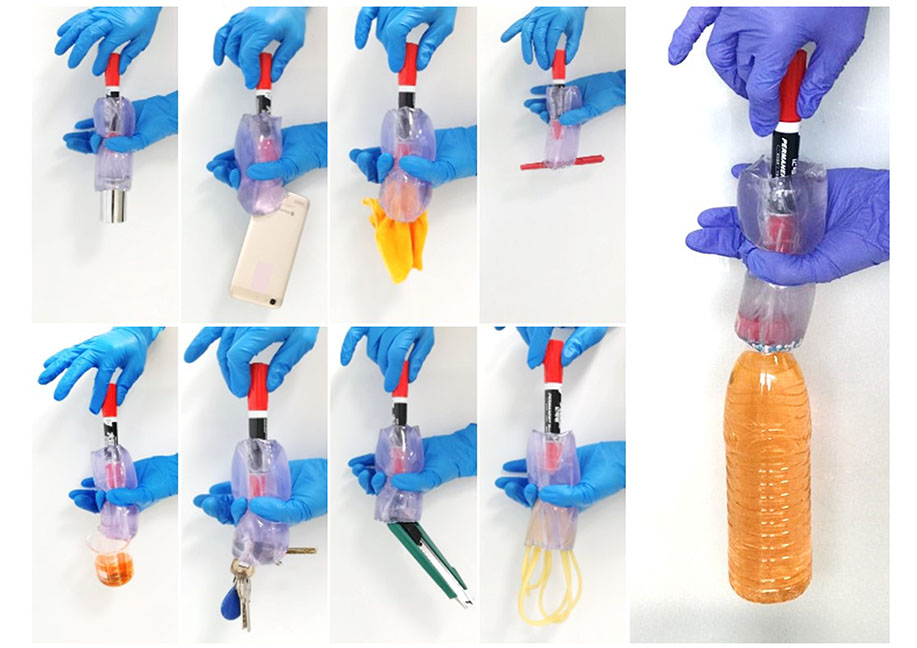
Robotic Gripping Mechanism Mimics How Sea Anemones Catch Prey
Researchers in China demonstrated a robotic gripping mechanism that mimics how a sea anemone catches its prey. The bionic torus captures and releases objects by crimping its skin. The grasper not only is relatively cheap and easy to produce but also can grab a variety of objects of different sizes, shapes, weights and materials. They discuss their work in this week’s Applied Physics Letters.
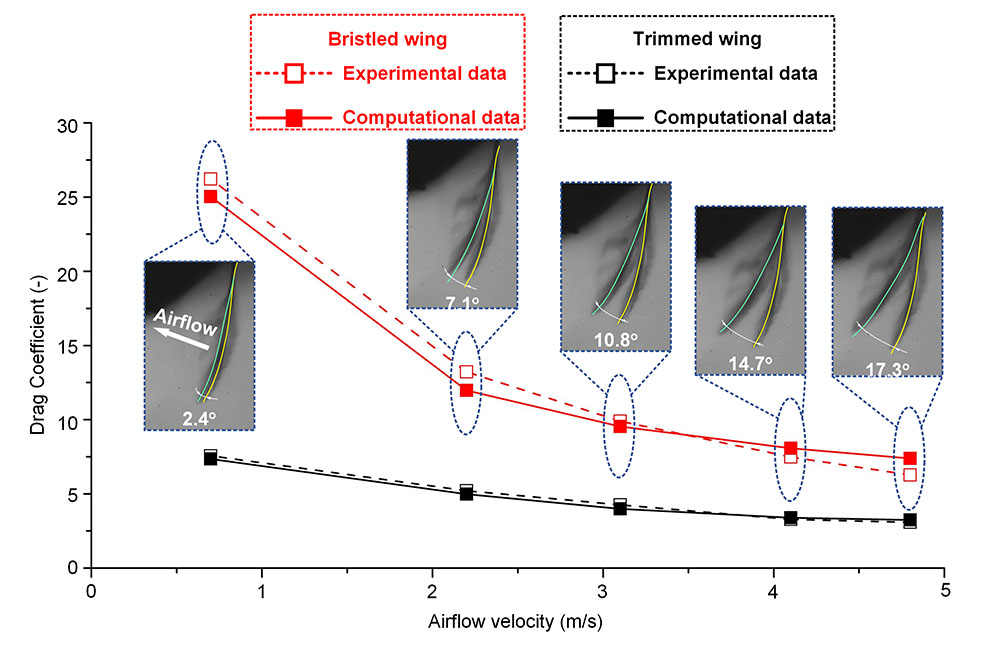
Insects’ Drag-Based Flight Mechanism Could Improve Tiny Flying Robots
Thrips don’t rely on lift in order to fly. Instead, the tiny insects rely on a drag-based flight mechanism, keeping themselves afloat in airflow velocities with a large ratio of force to wing size. In a study published in this week’s Journal of Applied Physics, researchers performed the first test of the drag force on a thrip’s wing under constant airflow in a bench-top wind tunnel. Drawing from experience in microfabrication and nanomechanics, they created an experiment in which a thrip’s wing was glued to a self-sensing microcantilever.